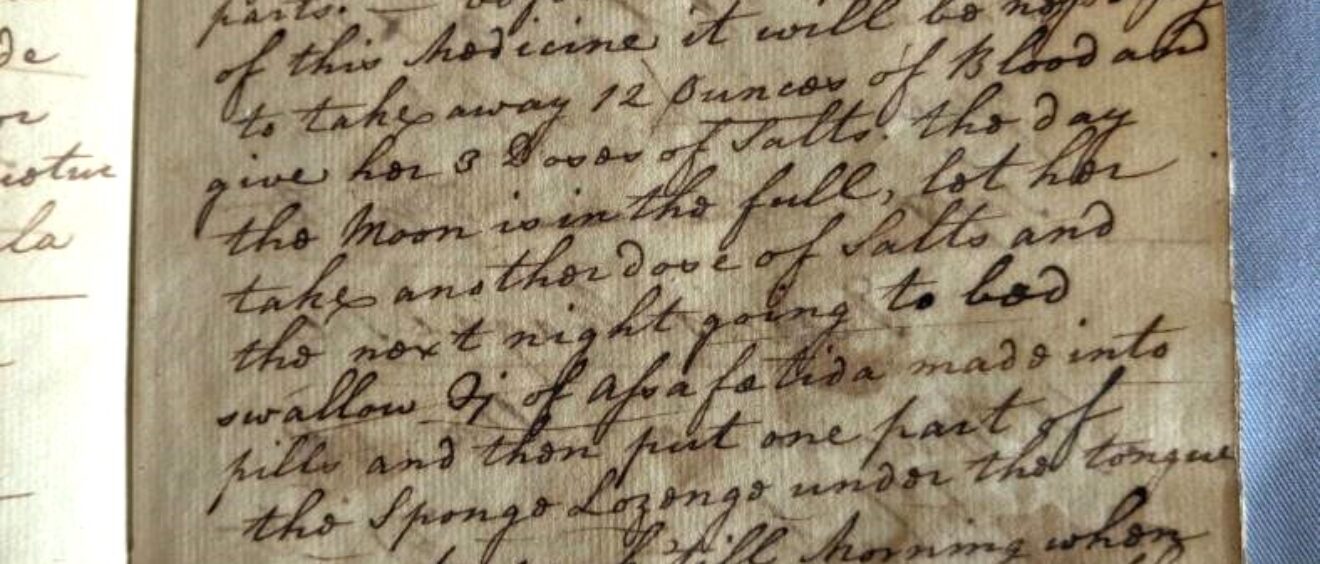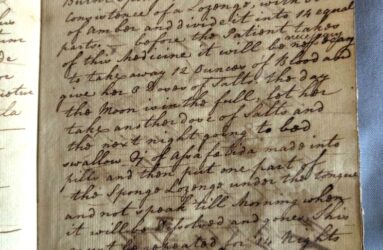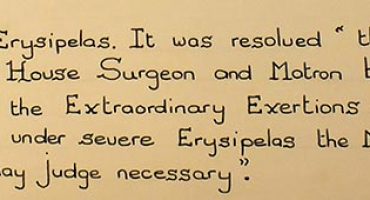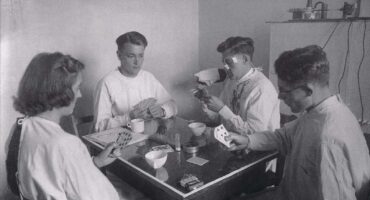
Lozenges, bloodletting, and the full moon
A glimpse into 1820s medical mysticism
Imagine walking into an apothecary in 1820 with a hacking cough and swollen glands—what they called a Bronchocole, likely referring to an enlargement of the bronchial glands or a cystic swelling in the neck. Instead of antibiotics or cough syrup, you’d be handed something very different: burnt sponge, pills of asafoetida, a ritual timed with the moon, and an order to bleed twelve ounces of blood. Welcome to the world of early 19th-century prescriptions.
This transcript from a historic prescription book from the Salisbury Infirmary dated 1820 paints a vivid picture of how ailments were treated when medicine was as much an art of ritual as it was of remedy.
The remedy: Burnt sponge & amber Oil
The core treatment involves burnt sponge—a popular remedy of the time, particularly for thyroid swellings and goiters due to its iodine content. The sponge was made into lozenges with oil of amber (a substance derived from fossilized tree resin, once thought to have magical and medicinal powers). This concoction was then divided into 14 doses.
Each lozenge was to be tucked under the tongue at bedtime—and the patient was not to speak until morning. This wasn’t just a medical act; it was a ritual.
Bloodletting & Salts: The preparatory purge
Before even starting the sponge treatment, the patient had to undergo a significant purge:
- 12 ounces of blood removed.
- Three doses of Salts (likely Epsom salts—a strong laxative), taken on the full moon.
- The next night? Another dose of salts, followed by asafoetida pills—a pungent resin once used to treat respiratory issues.
Asafoetida, known as “Devil’s dung” for its sulfuric smell, was thought to open up the airways and “stimulate” the body’s healing powers. Then came the lozenge, tucked quietly under the tongue.
Moon medicine: Cycles & symmetry
Perhaps the most intriguing part of this prescription is its deep reliance on the lunar cycle.
- The entire course of treatment is timed from full moon to new moon.
- The 14-night routine mimics the waning of the moon.
- Once the moon changes again, the process begins anew—every full moon, until the patient is healed.
This echoes a long-standing belief that the body’s humors, fluids, and healing capacities were tied to the cycles of nature—especially the moon. It was medicine, but also mysticism.
Science, superstition, or both?
Today, we see this treatment as a strange blend of partial science and pre-scientific belief. Iodine (in the burnt sponge) can treat thyroid issues. Asafoetida has mild antispasmodic properties. But the bloodletting, moon-timing, and silences lean heavily into a symbolic world where illness was treated through both physical and cosmic balance.
Why it matters
Reading such a prescription today reminds us how far medicine has come—and how deeply our ancestors yearned for healing, often combining what little science they had with the structures of nature, ritual, and hope. In a world without modern diagnostics or antibiotics, a treatment like this—strange as it seems—offered not just physical hope, but a structured, repeatable act of care.
Would you have followed this 14-day moon-cycle ritual if it promised relief? Or tucked that burnt sponge under your tongue without a word?





